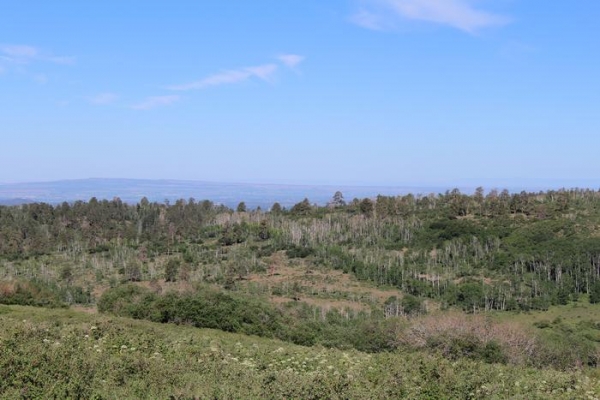America’s forests have a tough time in store for them. Climate change is increasing temperatures and decreasing moisture levels across the country, not a winning combination for trees.
Researchers at UC Santa Barbara and University of Utah sought to determine how our sylvan ecosystems might fare in the near future. The authors combined mathematical models and data collected by the U.S. Forest Service and plant physiologists to understand the vulnerability of woodlands to drought. Their findings suggest that, while most forests have the potential to adapt to hotter, dryer conditions, they aren’t changing quickly enough to avoid the impending stress. The study, published in Global Change Biology, serves as a benchmark for future forest research, as well as a guide for conservation and management.
“We were concerned to find that forests were not changing fast enough to avoid increased water stress due to climate change,” said first author Greg Quetin, an assistant project scientist in the UCSB Department of Geography. “But there is hope, as most forests in the continental U.S. contained enough functional diversity to increase their drought tolerance through shifts in species composition.”
Read more at: University of California - Santa Barbara
A forest community changes as trembling aspen succumb to drought in southwestern Colorado. (Photo Credit: Lee Anderegg)


